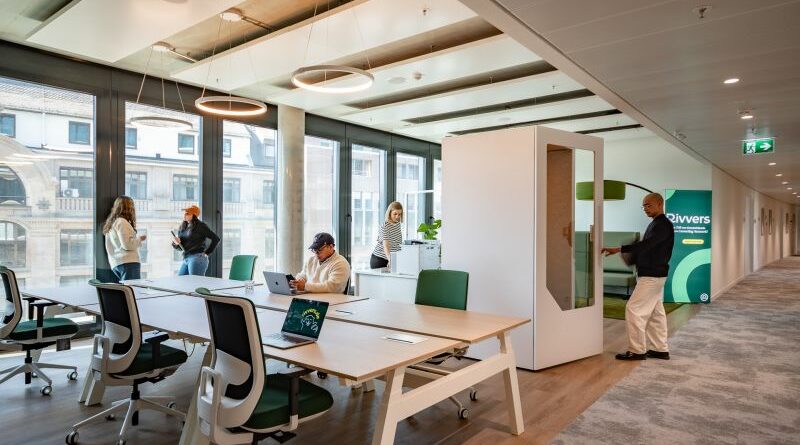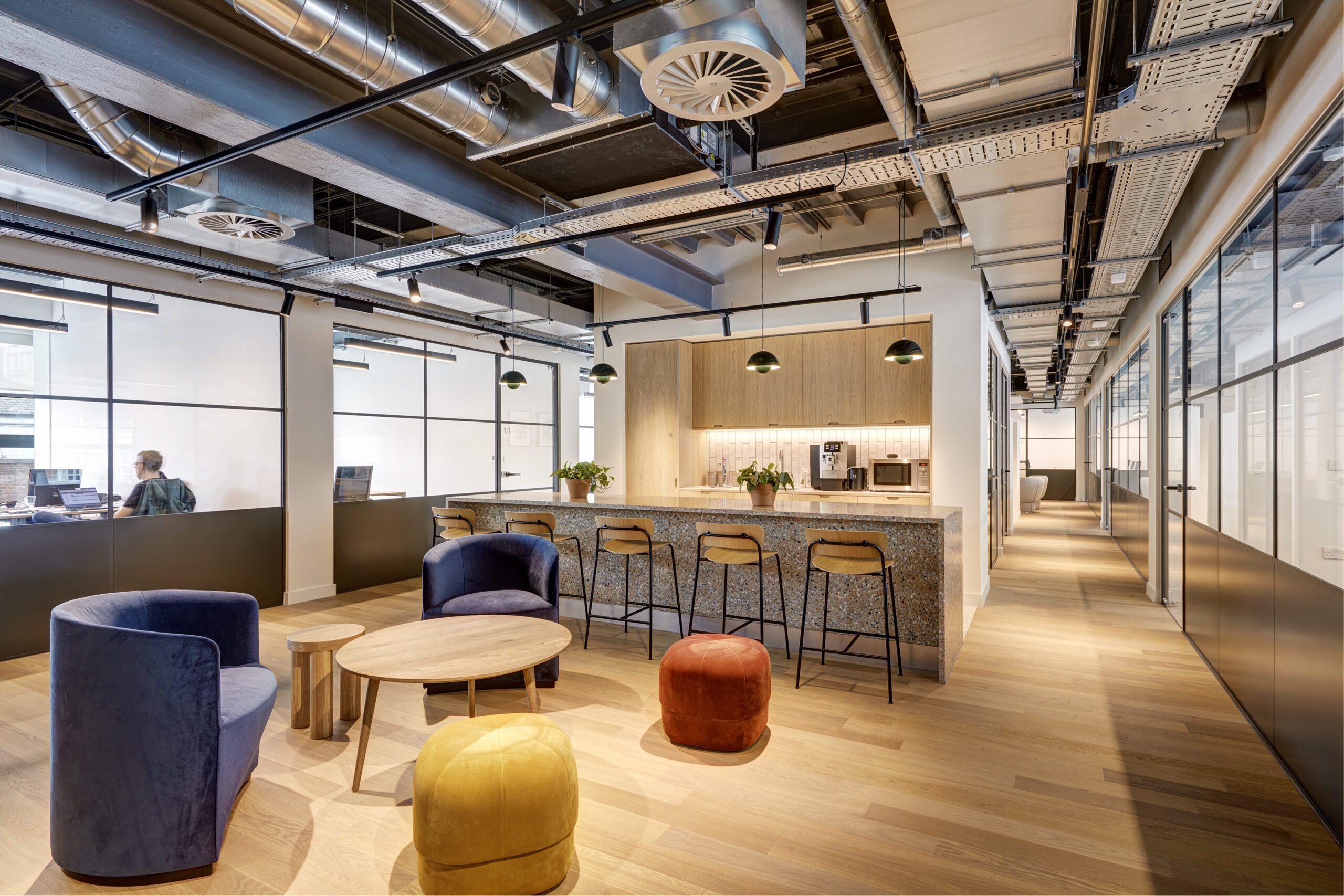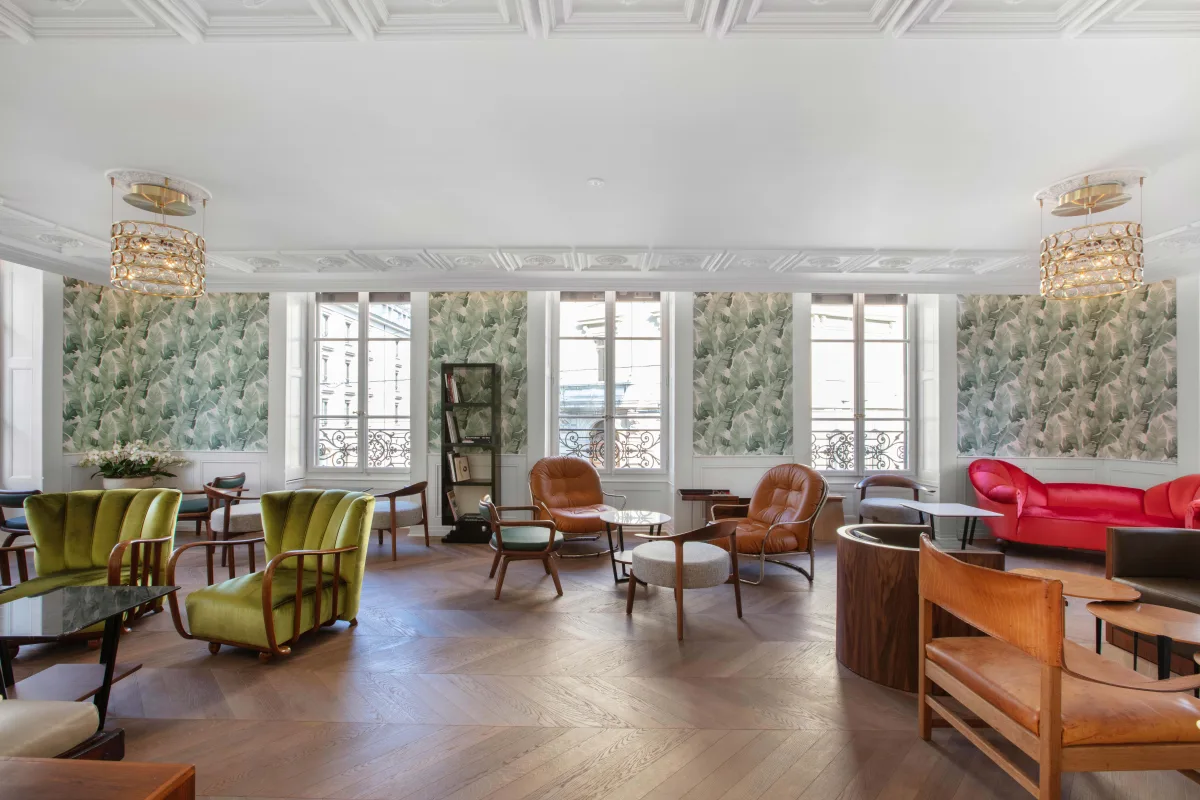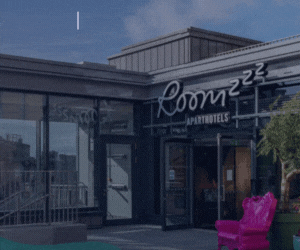Germany: Research from Coworking Europe has shown that Germany’s coworking industry is “bouncing back, showing signs of resilience and growing sophistication”.
More than half of German coworking operators now describe their business outlook as “good,” up from just 46 per cent in 2024 and 29 per cent in 2021. The report, carried out by Deskmag, says the sector appears to be settling into a more stable rhythm, placing it in the middle of global performance rankings.
Occupancy levels have held steady at around 64 per cent nationwide. Larger cities with populations of more than 100,000 continue to outperform the market, exceeding 70 per cent occupancy, while rural and small-town spaces lag behind.
Profitability is gradually improving, though still limited. While 29 per cent of spaces are now profitable, half are at least breaking even. Just 21 per cent reported losses — down significantly from nearly 40 per cent in previous years. Many German operators prioritise community impact over aggressive growth, so are often running smaller, socially driven spaces rather than scaling for profit, says the report.
Usage of meeting and event rooms has surged, while single-person offices have declined. Hot desks remain the urban favourite, and team offices are holding steady. Phone booths, though not directly monetised, have become essential, and are often a dealbreaker for prospective members.
Direct desk rentals continue to be the main revenue stream in Germany, diverging from global markets where private office rentals dominate. The limited presence of large players has resulted in a market that emphasises sustainable, community-focused growth over rapid expansion.
However, signs of consolidation are emerging. Coworking Europe says the merger of Work Inn and SleevesUp into the new brand Rivvers represents a turning point toward larger-scale operations.
Highlights:
• More than half of German coworking operators now describe their business outlook as “good,” up from just 46 per cent in 2024 and 29 per cent in 2021
• Occupancy levels have held steady at around 64 per cent nationwide
• Larger cities with populations of more than 100,000 continue to outperform the market, exceeding 70 per cent occupancy
• Usage of meeting and event rooms has surged, while single-person offices have declined
• While 29 per cent of spaces are now profitable, half are at least breaking even
























